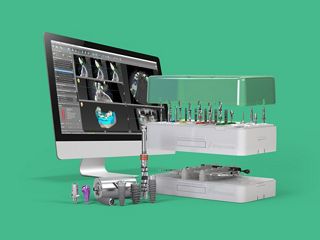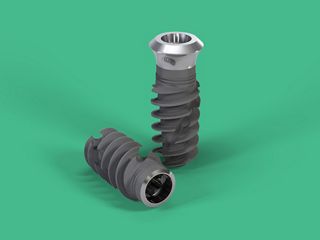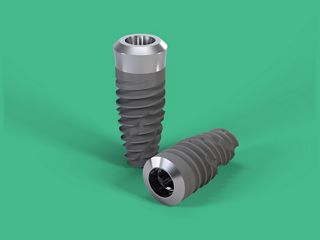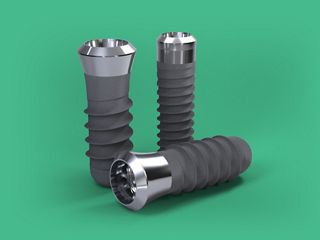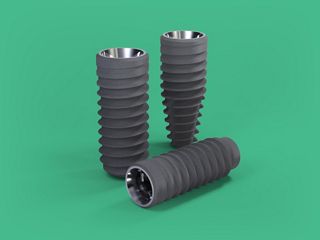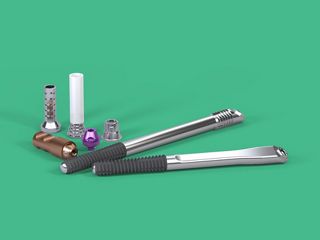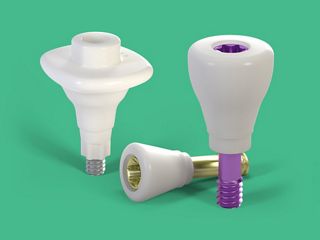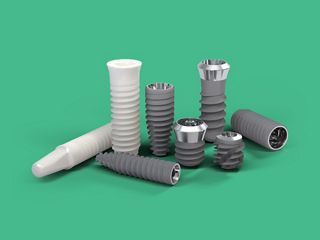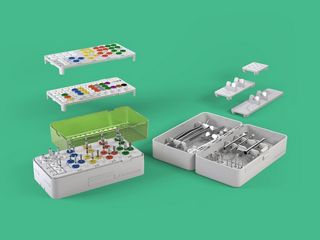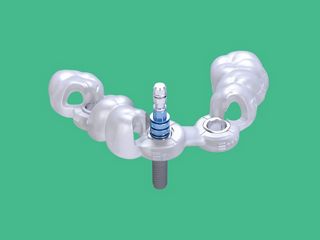O Straumann® Dental Implant System é uma solução de alta qualidade para reposição dentária, oferecendo uma gama de implantes concebidos para atender a várias necessidades odontológicas. Conhecido por sua engenharia de precisão e materiais avançados, o sistema usa implantes de titânio e dióxido de zircônio para biocompatibilidade, durabilidade e excelente osseointegração.
Os implantes Straumann estão disponíveis em diferentes tamanhos e configurações, atendendo a restaurações unitárias, multielementos ou de arcada completa.
Os recursos inovadores incluem o material Roxolid® para maior resistência1 e a tecnologia de superfície SLActive®, que acelera a cicatrização e garante estabilidade a longo prazo2.
Histórias em destaque no youTooth
Próximos cursos
Folhetos e vídeos
Procurando por informações complementares? Você encontrará no Centro de recursos.
